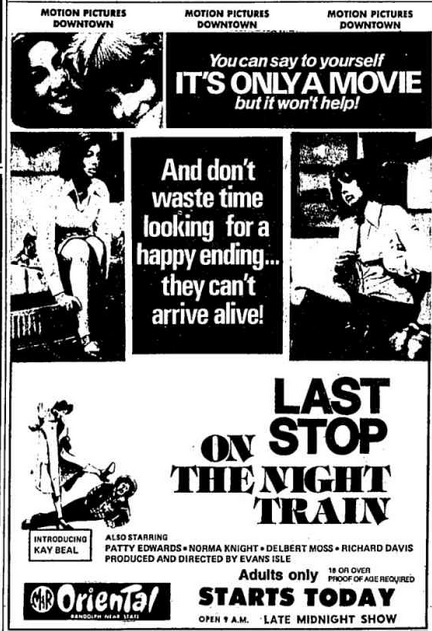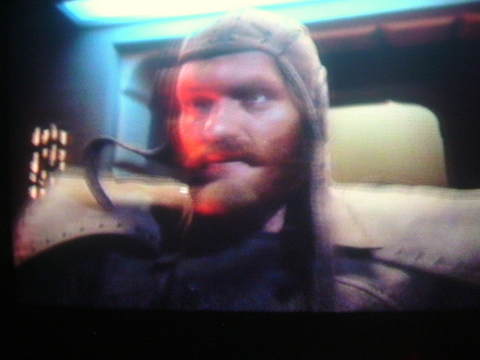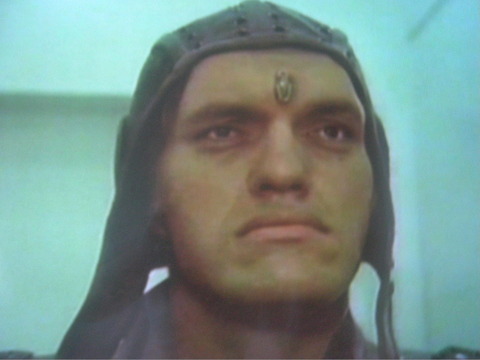Short Night of Glass Dolls, an Italian thriller from 1971, opens with the discovery of a body in Prague. American journalist Gregory Moore (Jean Sorel) is found lying in a plaza, his blank eyes staring up at the sky. When he is examined by a doctor, we can hear a heartbeat pounding faintly on the soundtrack but Gregory is still declared dead. At the hospital, he is taken down to morgue and left on a slab until a coroner can get around to opening him up….
The only problem is that, as the heartbeat indicated, Gregory Moore is not dead! Instead, he’s paralyzed. He can’t move or speak but he is alive and he can think. As he waits to be dissected, Moore tries to figure out how he came to be in the situation. He searches through his mind and we search with him. He remembers his lover, Mira (Barbara Bach), who begged him to help her defect. He remembers how she mysteriously vanished and how he worked with Jessica (Ingrid Thulin) and Jacques (Mario Adorf) to investigate her disappearance. Moore’s mind is full of disturbing and surreal images but, as he remembers, it slowly starts to make sense. And yet, even if Moore does eventually figure out what happened to Mira and how he came to be paralyzed, the coroner is still making his way over to Moore’s body….
Because it’s an Italian thriller from the 70s, Short Night of Glass Dolls is often mistakenly referred to as being a giallo. Actually, it’s not. Though the film does have the type of convoluted plot and the stylish imagery that is typically associated with the giallo genre, the film also lacks a black-gloved killer and really, it can’t be a giallo unless you have the unknown killer wearing black gloves. Instead, Short Night of Glass Dolls is a deliberately paced paranoia thriller, one in which Moore uncovers not just a single crazed killer but instead a shadowy conspiracy. It’s also an effective horror film, one that makes good use of Prague’s gothic atmosphere and which is full of haunting imagery. Whether it’s the leering gargoyles that seem to be present on every building or the mysterious chandelier that continually shows up randomly in Moore’s mind, Short Night of Glass Dolls plays out like a cinematic dream. Moore finds himself trapped, both physically and mentally. His body is trapped in the morgue while his mind is trapped in the past.
Director Aldo Lado was always one of the more political of the Italian thriller directors and, not surprisingly, there’s a heavy political subtext to Short Night of Glass Dolls. It’s probably not a coincidence that the journalist, who starts out as being cocky just to eventually discover that he doesn’t understand the world as much as he thinks he does, is an American. It’s also not a coincidence that the film takes place in Prague, which was, at that time, a Communist-ruled city. Prague is portrayed as being a city that is controlled by secret police and secret societies, where no one is allowed to fly free. In the end, Short Night of Glass Dolls is full of secrets.











